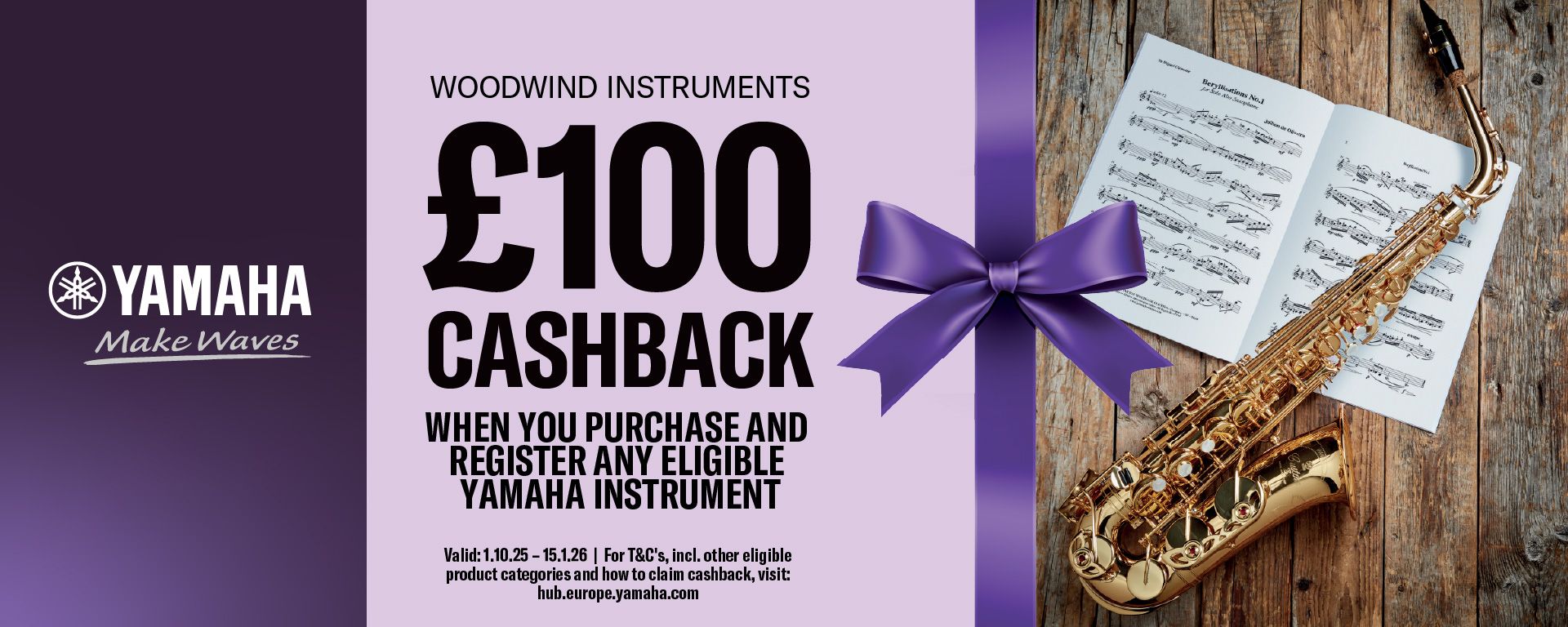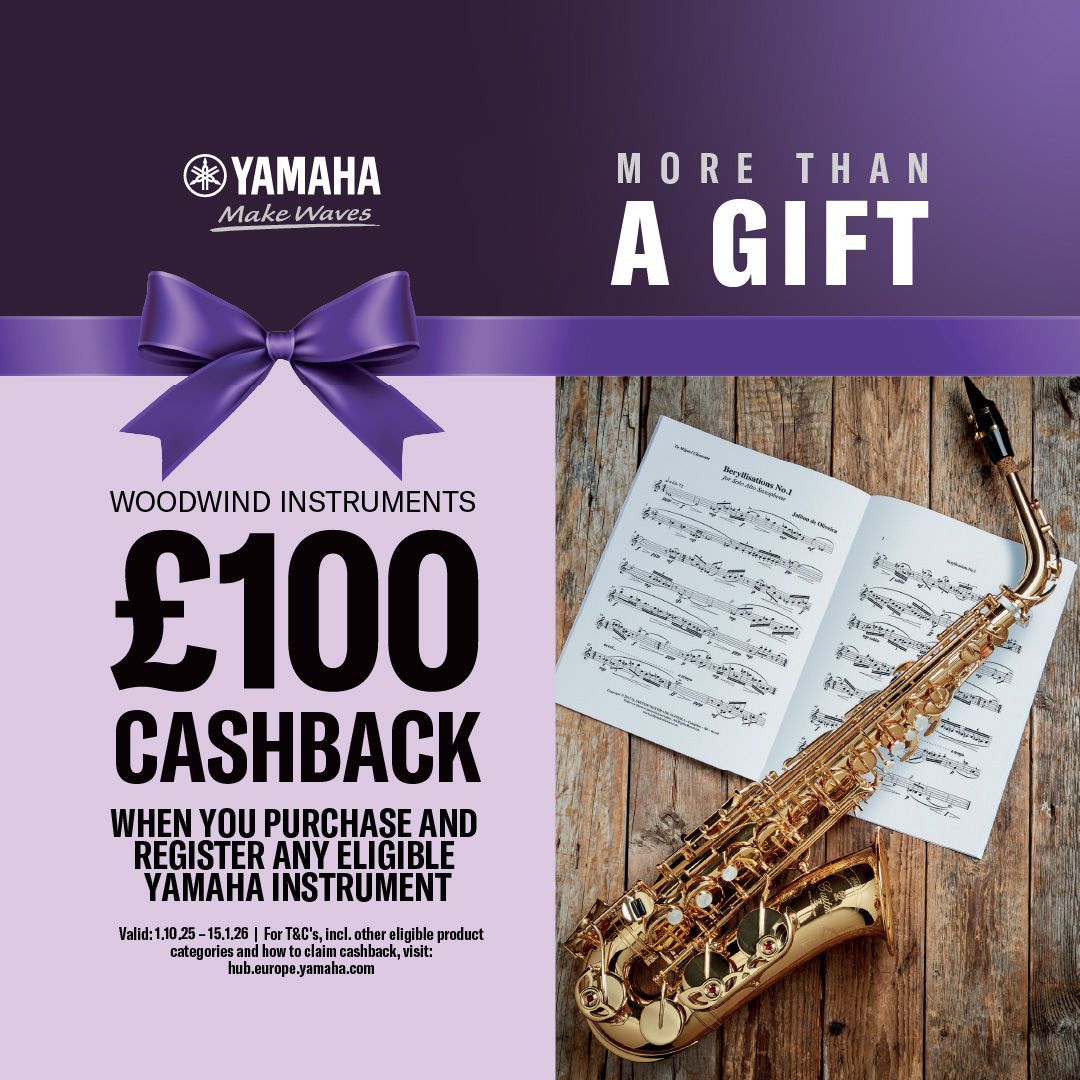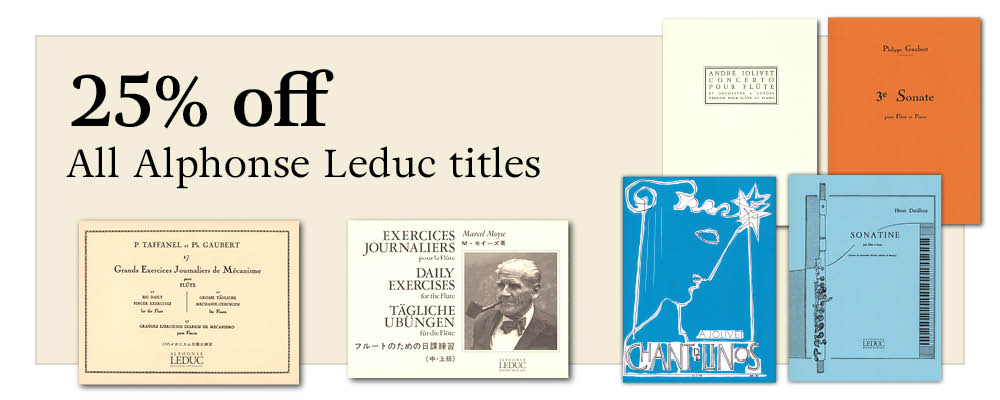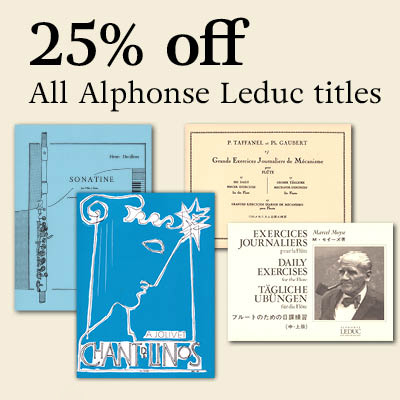Quartet for Flute, Violin, Cello and Piano
- Staff Pick
Staff Pick
“A great piece of chamber music.”
This is a lovely quartet which captures the imagination with sweeping lyrical phrases and boundless energy. The first movement strides into action with a bold opening. There are some moments of calm but the music this is a strong fast movement. The Andante doloroso is stunningly beautiful and the Finale whizzes along in a dance-like manner. This is such a great piece of chamber music that everyone will enjoy.
From the Publisher
One can characterize Dick Kattenburg’s ever elegant and inventive music as transparent
and agile, with easily appealing melodies, while the harmonics are a pleasing blend of
traditional chords and punchy harmonies full of jazz influences; vibrant and sparkling
continuously.
For example in the Quartet for flute, violin, cello and piano (1943). The three
flamboyant main themes of the first movement 'Alla marcia' each have, in spite of their
connection, a clear identity. After these have sounded one after another, a process
follows in which they are increasingly combined.
The second movement 'Andante dolorosa' is dedicated 'to Ilse,' a woman unknown to
us. The flute, accompanied by violin and cello, opens with a melancholic melody in gflat minor, which gradually settles down from its high position to one and a half octaves
lower. After this melody is repeated by the complete quartet in a varied and prolonged
form, the cello follows with a second melody in e-flat minor. After a short ascending
turn, this phrase also descends, now with a serie of syncopations. Following a climax
halfway through, the two melodies alternate several times.
The third movement 'Allegro assai e giocoso' opens with a fresh rondo theme in a 6/8
measure, which returns several times as is customary in a rondo, but now rhythmically
mixed. By way of variety there are some counter-themes embedded in a 4/4 measure.
Dick Kattenburg, born into a Jewish family, studied violin and composition with Hugo
Godron and in 1941 passed his state exams in theory and violin in The Hague. During
the war, Kattenburg attended lessons in orchestration with Dutch composer Leo Smit
– initially in private sessions at Smit’s home address and later on, when Kattenburg
was in hiding for the Nazi’s and Smit was forced to move into a Jewish ghetto, through
mail correspondence.
Many of Dick Kattenburg’s compositions breathe the optimism of a new era.
He imbued jazz rhythms and polytonality, French music (Ravel) and Stravinsky's
Neoclassicism in several of his works. Captivating, lyrical melodies (his trademark)
are often interspersed with energetic rhythmical passages.
Dick Kattenburg was arrested either end of April or early May 1944, possibly during a
raid in a movie theatre. From transit camp Westerbork he was deported to Auschwitz
on 19 May 1944. According to his death certificate, he died ‘somewhere in Central
Europe’ on 30 September that same year.
The series 'Forbidden Music Regained' proudly presents works by composers who were persecuted during the Second World War. Performances of these works were forbidden during the war. Many composers were imprisoned, several did not survive and others went into hiding.
After the war a new generation took over. The pre-war composers were soon forgotten and their compositions remained hidden in closets and archives or fell otherwise into oblivion. In recent decades numerous works have been rediscovered through the efforts of the Leo Smit Foundation. Some scores were found in attics, others in a garden shed and a pile of music was found by young children next to a garbage can. These compositions are of a high quality and deserve to be performed again. The diversity of styles represents the entire spectrum of the first half of the Twentieth century: romanticism, impressionism, modernism, neoclassicism, jazz, and so forth. This project aims to encourage musicians, young and old, from across the globe to perform these compositions, and for concert audiences to (once again) become acquainted with this “unheard” music.
Performance duration (approx): 15'00
Movements
- Alla marcia
- Andante doloroso
- Finale: Allegro assai e giocoso
Item Details
Our Stock Code: 1618112Instrumentation
- Part 1: Flute
- Part 2: Violin
- Part 3: Cello
- Part 4: Piano
Category: Other Flute and String Music
Publisher: Donemus Publishing
Publisher's reference: 11110
Media Type: Paperback - Score and parts (42 pages [score])
Country of Origin: Netherlands
HS Code: 49040000



